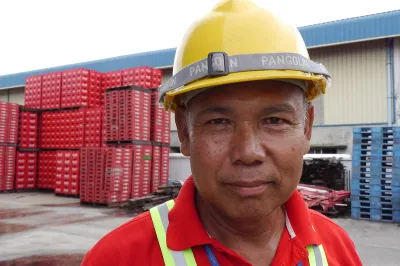Paper
Use and Impact of Savings Services Among Poor People in Zimbabwe: What It Means for Microfinance Institutions
How can microfinance institutions tap into the savings market provided by the poor?
53 pages
This paper aims to understand how the poor manage their money in the southern African region.
The paper focuses on the way the poor manage their money in the Zimbabwean context, and:
- Analyzes the mechanisms the poor use to manage their money;
- Explores linkages between informal, semi-formal and formal mechanisms;
- Suggests ways for microfinance institutions (MFIs) to improve their services by learning from the informal mechanisms;
- Highlights the coping mechanisms that the poor have adopted in the harsh economic climate.
The findings of the paper are:
- The poor perceive informal systems as riskier, but use them for reasons that include flexibility; proximity, lower transaction costs, socio-cultural framework that allows for reciprocity, etc.;
- Most informal savings mechanisms are closely linked to the formal financial system;
- The poor are aware of the effects of inflation on their savings.
The paper recommends the following:
- MFIs should explore strategic partnerships with deposit-taking financial institutions to respond to the savings needs of the poor;
- Supervision and training of Savings and Credit Cooperatives (SACCOs) is crucial to tap into the huge potential for savings mobilization;
- Unit trusts present a fresh opportunity to allow poor people to invest with the stock exchange;
- MFIs should embark on continuous product quality refinement. Innovations should target the reduction of transaction costs;
- Financial institutions should explore the use of new technology such as the ATM card;
- Banks and MFIs should form strategic partnerships to deliver a "wholesome" service to the poor.
About this Publication
Published


